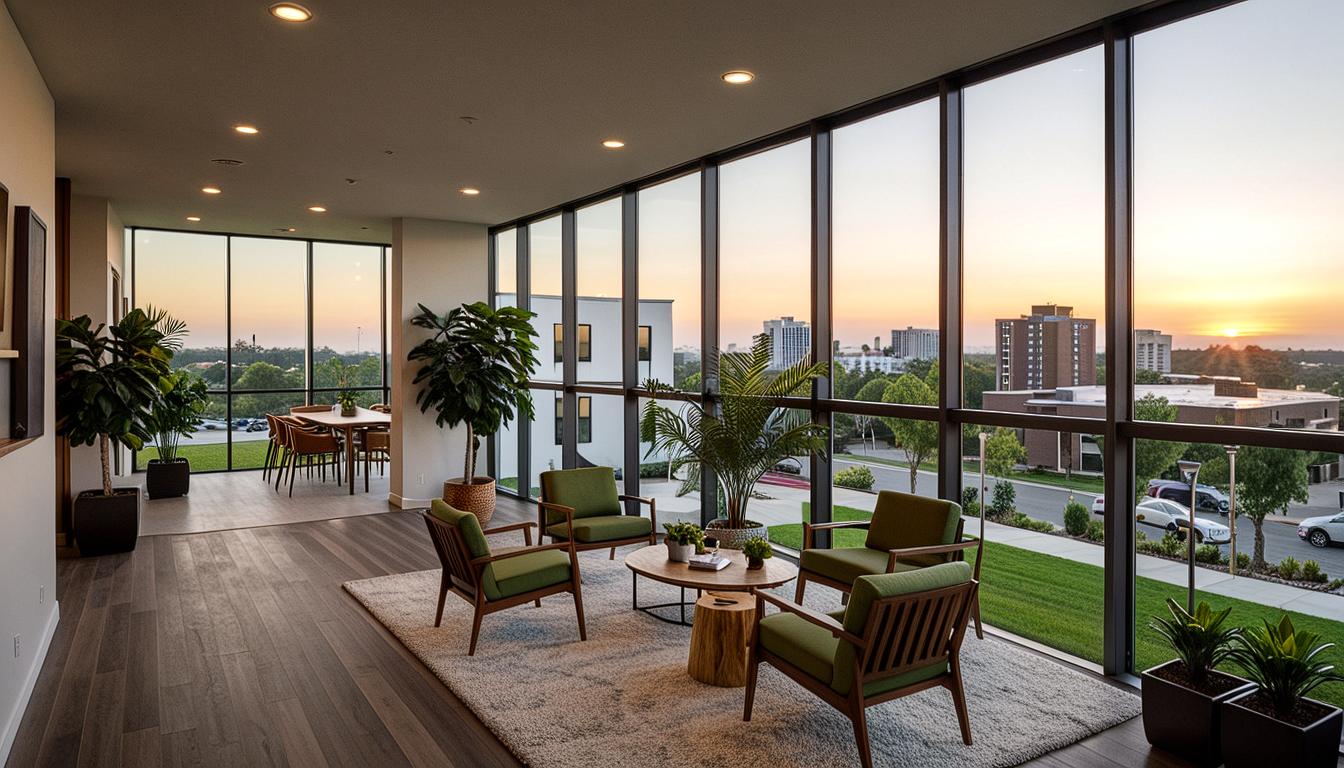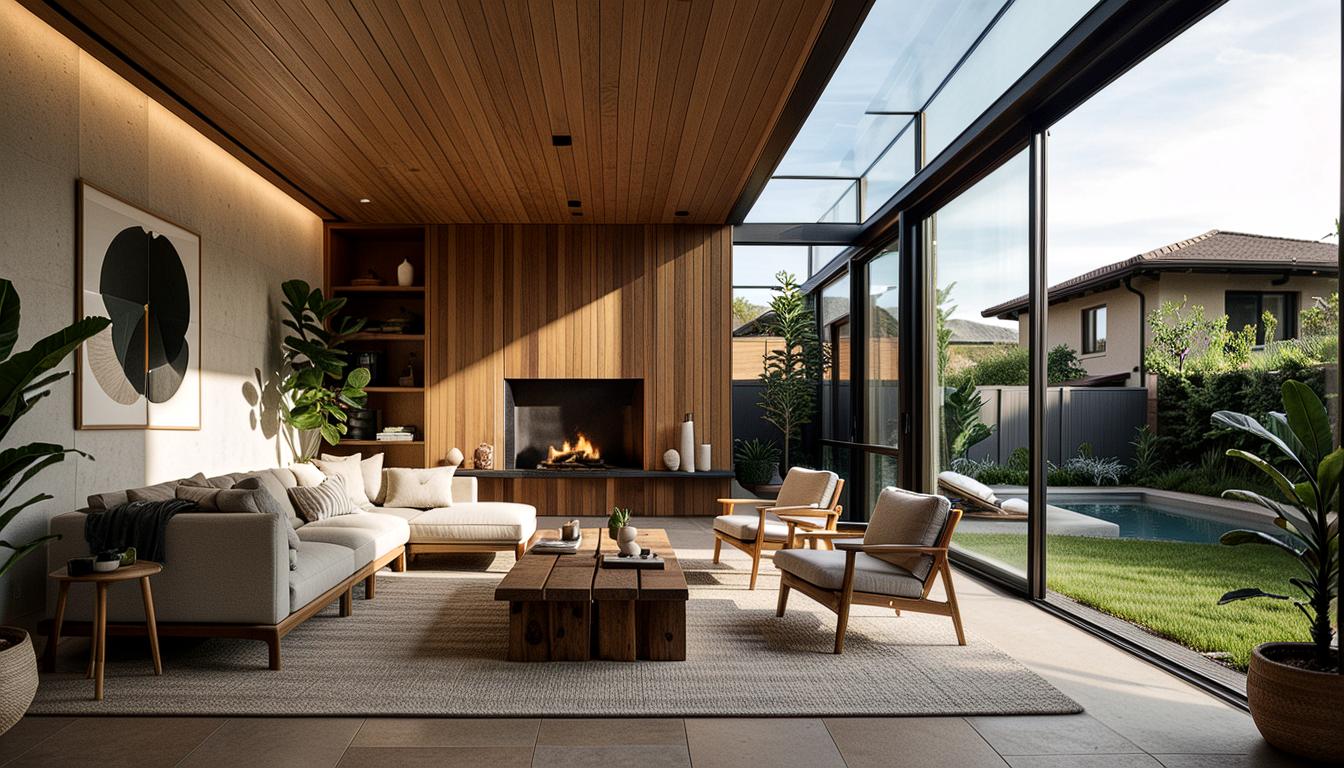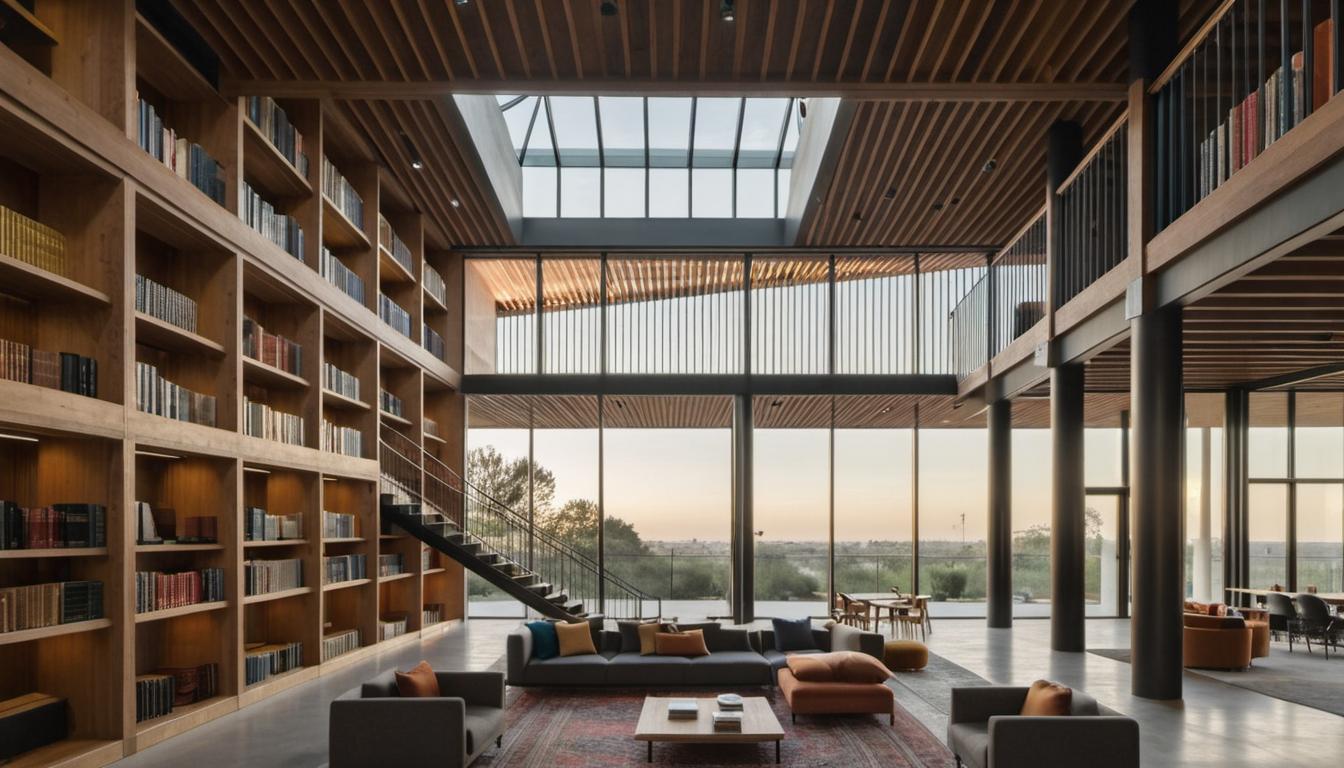A Spotlight on Architecture
People planning to construct a building of any kind start with an architect. An architectural degree prepares a professional to create the comprehensive design of the building, tackling from macro components down to the micro-level details. It pertains to the structure’s sustainability, energy efficiency, durability, and overall functionality — from the exterior lines to the embedded systems.
Architectural Degree: A Micro-level Understanding
Requiring a deep knowledge of science and mathematics, an architectural degree centers on creating whole buildings and environments. The skylines you see in major cities exemplify the prowess of architects as they craft enduring, suitable, and visually appealing structures that meet the micro-level requirements of the construction industry.
The Many Hats of an Architect
Entering an architect’s world, one encounters a multitude of roles. They begin with identifying a client’s needs, planning and designing the vision with fiscal responsibility, studying building codes and regulations, drafting detailed blueprints, and liaising effectively with construction professionals on site. All these tasks form a harmonious design symphony directed by the architect.
A Glimpse into Interior Architecture
An intersection of architecture and interior design, Interior Architecture borrows elements from both domains. It encapsulates the creative challenge to morph interior spaces into visually striking yet practical environments that revolve around human psychology and lifestyle.
The Interplay of Aesthetics and Practicality in Interior Architecture
Design brief creation, space demarcation, structural modifications, and on-site management tasks land on the lap of interior architects. Their playing field thrives on aesthetics, injecting features that emphasize both design and functionality. Striking a balance between these factors is a vital skill in the interior architecture profession.
Interior Architecture Projects: A Diverse Portfolio
Interior Architects manifest their talent and expertise across various settings, including home spaces, commercial buildings, and large-scale institutional projects. The versatility shines in catering to unique client preferences and space requirements — molding a sense of uniqueness to each project.
Tools of The Trade: Software and Tools in Design
While their focus differs, architects and interior architects utilize a set of shared tools and software to bring their visions to life. Tools like ACAD, Building Information Modelling, Rhino, SketchUp, and others enable these professionals to create precise, realistic, and visually rich designs.
Architecture vs Interior Architecture: The Scale of Operation
Differences between architects and interior architects emerge when focusing on the scale. Architects engage with the design of entire buildings, whereas interior architects concentrate on crafting specific, individual spaces.
Interior Architecture – Architecture with a Human Touch?
The divergence of Interior Architecture from traditional architectural practice lies in its specialized focus on human-centered design. Though some risk of being labeled as an interiors-focused practitioner, understanding the distinctions clarifies any misperceptions and celebrates the subtle nuances of the field.
A Matter of Choice: Architecture or Interior Architecture
Choosing between pursuing an Architecture or Interior Architecture degree boils down to personal inclination and career aspirations. Both fields offer rewarding career paths, but possessing clarity on what each area entails can guide decision-making. Passion and motivation, regardless of the path taken, remain key to an enriching career in design.
FAQ
- What is the difference between Architecture and Interior Architecture?
While architects focus on the design and construction of entire buildings, interior architects specialize in designing functional and aesthetic interior spaces that align with human psychology and lifestyle. - What roles do Architects and Interior Architects play in design projects?
Architects handle the whole design of the building from meeting client needs, planning, budgeting, learning regulations, preparing detailed illustrative plans, and coordinating with constructors. On the other hand, interior architects take care of creating design briefs, space defining, making structural changes, and managing the project procedures onsite. - What software and tools do Architects and Interior Architects use in their work?
Both professionals use tools like ACAD, Building Information Modelling, Rhino, SketchUp among others to create detailed and enriched designs. - What factors should be considered when choosing between an Architecture and Interior Architecture degree?
The choice can depend on individual interests and career goals. It’s essential to research potential programs, understand what each field entails, and assess personal skills and affinities. - How does focusing on a specific design niche impact employability within the industry?
Achieving expertise in a particular design area can provide an edge in the industry by displaying specialized knowledge and skill sets, potentially leading to exciting, niche opportunities in the job market.
Focusing on the degrees required for interior architects compared to architects offers a broader insight into these distinct, yet interconnected, professions. Understanding the roles they play in shaping physical spaces around us underlines their importance for the architecture and real estate industry, encouraging a continuous debate on their similarities, differences, and the symbiotic relationship between them.






